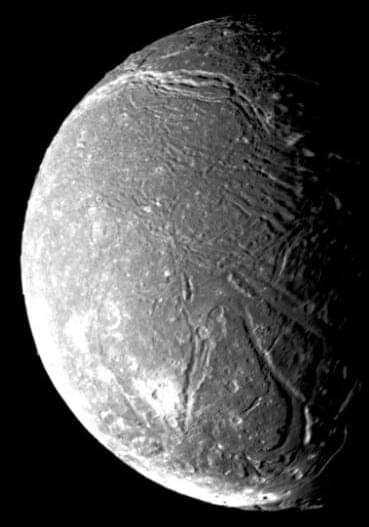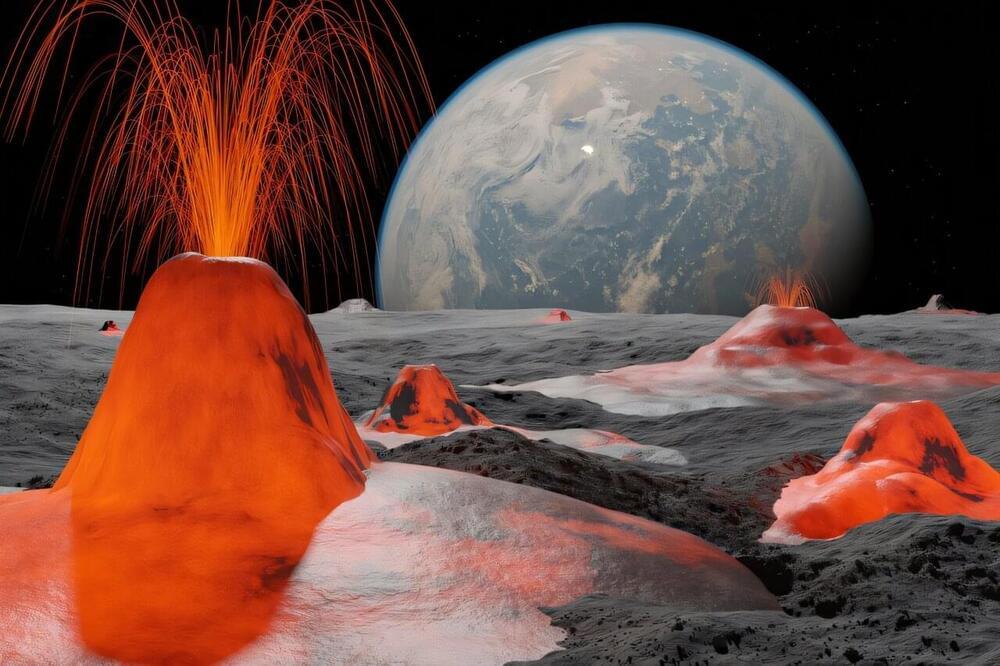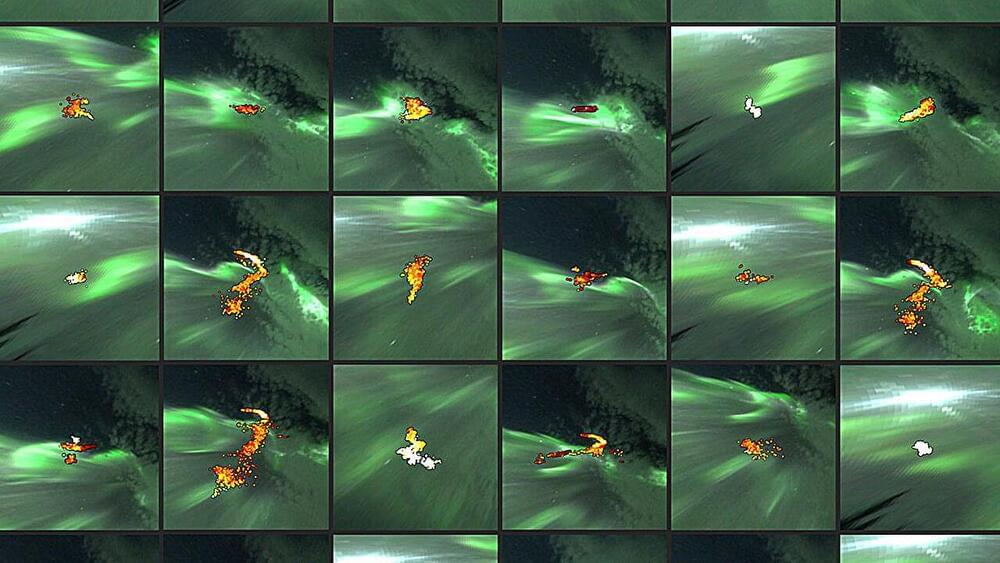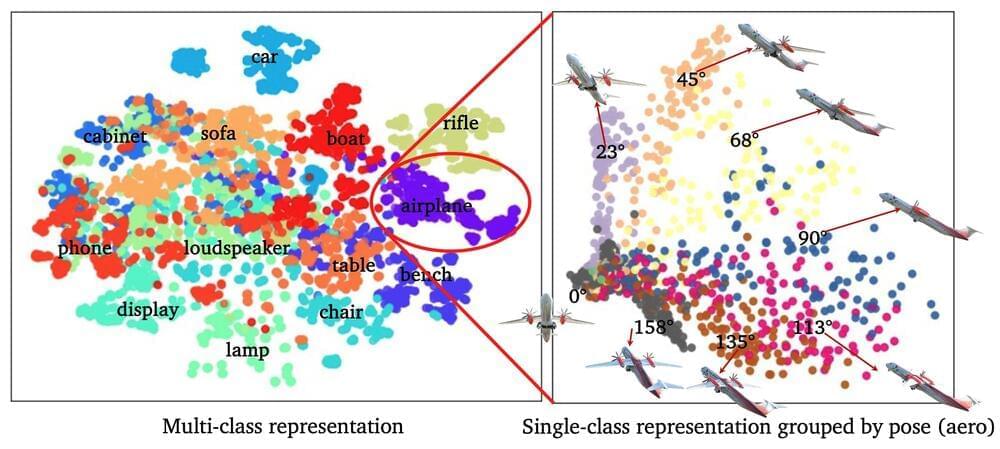UNSW engineers have developed and built a special maser system that boosts microwave signals—such as those from deep space—but does not need to be super-cooled.
They say that diamonds are a girl’s best friend—but that might also soon be true for astronomers and astrophysicists following the new research. The team of quantum experts have developed a device known as a maser which uses a specially created purple diamond to amplify weak microwave signals, such as those which can come from deep space.
Most importantly, their maser works at room temperature, whereas previous such devices needed to be super-cooled, at great expense, down to about minus 269°C.




